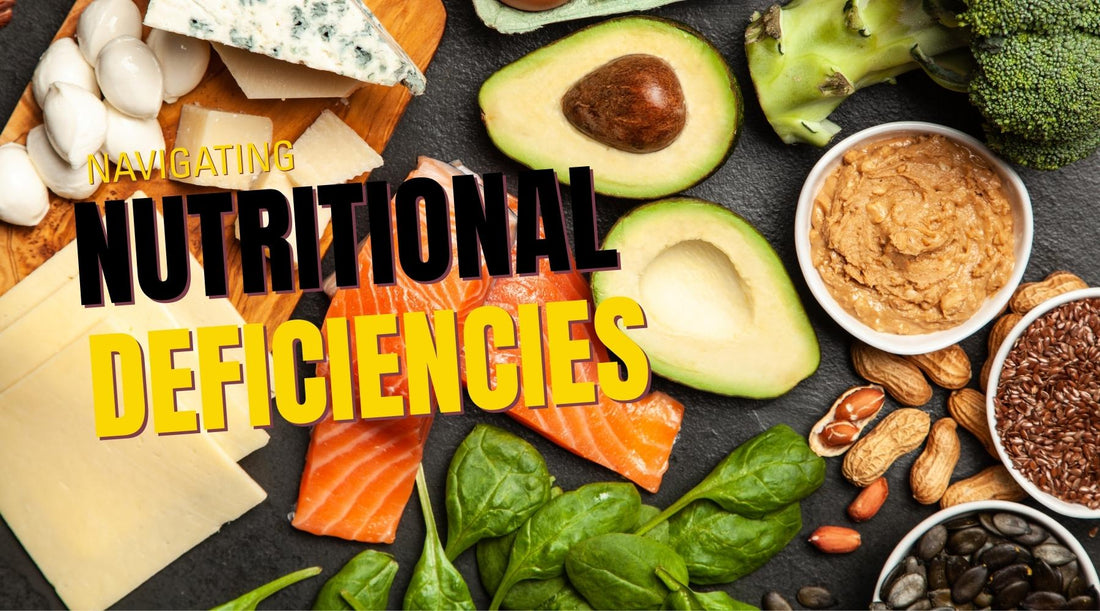Your hair is what you eat, and a healthy diet can save your hair early on and make it resistant to the numerous factors that can cause hair loss.
The over-drinking of matcha won’t solve it, but you need to structure a healthy diet within it; every element can help the other to make your hair healthier in the long run and restore its thickness, shine, and density.
Sometimes it’s sad to see people suffering from hair loss with its types, but here at Wig Medical, we have been helping many people to fight back and restore their confidence beyond hair loss.
So, let’s dig into and structure your diet together!
Biotin, the Essence of Hair
Keratin is a protein that is responsible for creating your hair strands, and biotin is its best friend!
When you have a biotin deficiency, it can cause brittle hair and hair loss, and make your life a nightmare.
But it's pretty easy to include it in your diet if you don’t have the stomach for multiple supplements, and here is how.
Animal-Based Sources
- Egg yolks (but avoid eating them raw, since avidin in raw egg whites binds biotin and prevents absorption)
- Liver and other organ meats (especially beef and chicken liver)
- Salmon, tuna, and sardines
- Pork and beef
- Dairy products (milk, cheese, yogurt)
Plant-Based Sources
- Nuts and seeds (especially almonds, walnuts, peanuts, sunflower seeds)
- Legumes (soybeans, lentils, peanuts)
- Whole grains (oats, barley, wheat germ)
- Sweet potatoes
- Spinach, broccoli, and cauliflower
- Avocados
- Bananas
Iron, Let Your Hair Breathe
Iron deficiency is pretty serious for many reasons; one reason in particular is how it affects your hair.
Iron deficiency causes anemia, which leads to impaired oxygen delivery to the hair follicles, causing increased hair shedding and decreased hair growth.
Where to find iron?
Heme Iron (Easily Absorbed)
These come from animal sources and are absorbed more efficiently by the body.
- Red meat (beef, lamb, venison)
- Poultry (chicken, turkey, duck)
- Organ meats (liver, kidney, heart)
- Seafood (oysters, clams, mussels, sardines, tuna, salmon)
Non-Heme Iron (Plant-Based)
Found in plants; absorption is lower, but you can boost it by eating vitamin C–rich foods (like citrus, bell peppers, tomatoes) with them.
- Legumes (lentils, chickpeas, black beans, kidney beans, soybeans, peas)
- Dark leafy greens (spinach, kale, collard greens, beet greens)
- Nuts and seeds (pumpkin seeds, sesame seeds, hemp seeds, cashews, almonds)
- Tofu, tempeh
- Whole grains (quinoa, oats, fortified cereals, brown rice)
- Vegetables (broccoli, potatoes, mushrooms)

Zinc, the Perfect Producer
Zinc is involved in DNA and RNA synthesis, which are both essential processes for hair follicle cell proliferation and hair growth.
So, zinc deficiency can result in hair thinning and impaired hair growth that can hinder your hair regrowth process.
But you can supply your diet with some delicious food that is rich in zinc.
Animal-Based Sources (Best Absorption)
These provide zinc in its most bioavailable form:
- Oysters (the richest natural source of zinc)
- Red meat (beef, lamb, pork)
- Poultry (chicken, turkey)
- Seafood (crab, lobster, mussels, shrimp)
- Eggs
- Dairy products (cheese, milk, yogurt)
Plant-Based Sources (Non-Heme Zinc)
Absorption can be lower because of phytates, but they are still excellent sources:
- Legumes (chickpeas, lentils, black beans, kidney beans, soybeans)
- Nuts (cashews, almonds, peanuts)
- Seeds (pumpkin seeds, sesame seeds, hemp seeds, sunflower seeds)
- Whole grains (quinoa, oats, brown rice, fortified cereals)
Vitamin D, the Protector
Vitamin D receptors are present in hair follicles, and adequate vitamin D levels are necessary for maintaining hair follicle function.
Vitamin D deficiency has also been linked to hair loss as well as alopecia.
And as a bonus, it's perfect to enhance your skin's healthy look, and it fortifies your bones!
Here are some ways to get it:
Animal-Based Sources (Natural Vitamin D)
- Fatty fish: salmon, mackerel, sardines, herring, tuna
- Cod liver oil (very high in Vitamin D)
- Egg yolks
- Liver (beef and chicken, small amounts)
Fortified Foods
Since a few foods naturally contain Vitamin D, many staples are fortified:
- Fortified milk, plant-based milks (soy, almond, oat, etc.)
- Fortified orange juice
- Fortified breakfast cereals
- Fortified yogurts and cheeses

Omega-3, the Cleaner
Omega-3 fatty acids also play a role in maintaining scalp health and reducing inflammation.
Deficiency in omega-3 fatty acids may also lead to dry, brittle hair and scalp conditions such as dandruff.
So to keep your scalp and hair squeaky clean, you need to eat this food as much as possible.
Animal-Based Sources (Best Absorbed EPA & DHA)
These are the most direct sources of omega-3s in the form your body uses best:
- Fatty fish: salmon, mackerel, sardines, anchovies, herring, trout, tuna
- Shellfish: oysters, mussels, crab
- Cod liver oil & fish oil supplements
- Eggs (especially omega-3-enriched)
- Grass-fed meats & dairy (contain small amounts)
Plant-Based Sources (ALA – converted to EPA & DHA in the body)
Conversion is less efficient, but still valuable:
- Flaxseeds & flaxseed oil
- Chia seeds
- Hemp seeds
- Walnuts • Soybeans & edamame
- Canola oil
- Seaweed & algae (also a vegan source of DHA directly, often in supplements)
 Symptoms of Nutritional Deficiencies
Symptoms of Nutritional Deficiencies
You can spot problems with symptoms like brittle hair, thinning, shedding, and slow regrowth.
These problems need patience to be resolved, and you should always get back to your health care professional to navigate any underlying problems for a better consultation.
Remember, it’s key to keep a balanced diet for numerous reasons, including your livelihood. And always keep your chin up because this hair is coming back for sure!
You can look up medical-grade wigs to keep your hair on style all the time!

